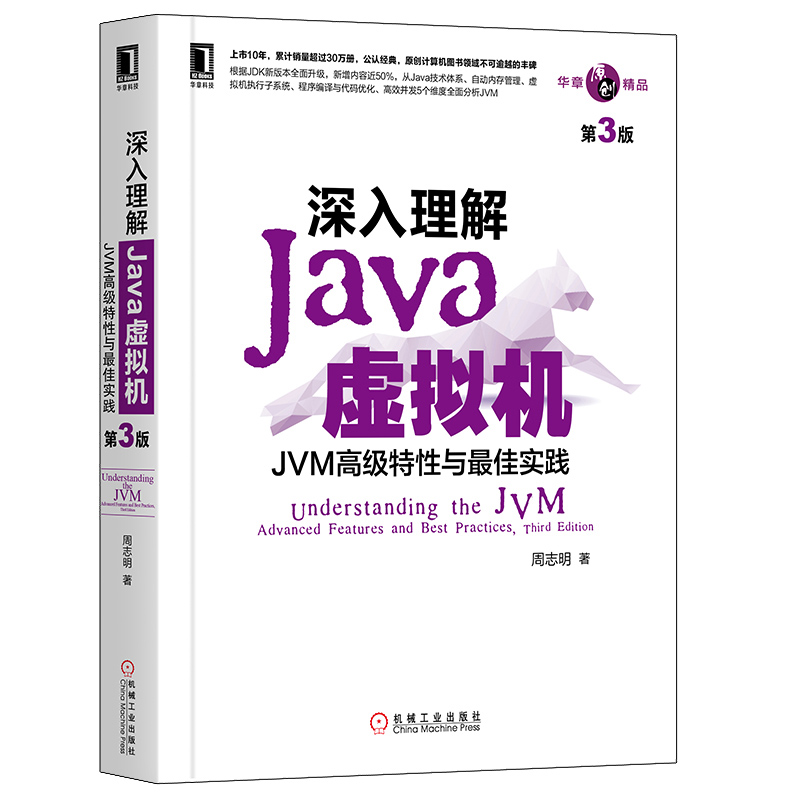本文整理自网络,侵删。
Spring @Qualifier 注释
可能会有这样一种情况,当你创建多个具有相同类型的 bean 时,并且想要用一个属性只为它们其中的一个进行装配,在这种情况下,你可以使用 @Qualifier 注释和 @Autowired 注释通过指定哪一个真正的 bean 将会被装配来消除混乱。下面显示的是使用 @Qualifier 注释的一个示例。
示例
让我们使 Eclipse IDE 处于工作状态,请按照下列步骤创建一个 Spring 应用程序:
| 步骤 | 描述 |
|---|---|
| 1 | 创建一个名为 SpringExample 的项目,并且在所创建项目的 src 文件夹下创建一个名为 com.tutorialspoint 的包。 |
| 2 | 使用 Add External JARs 选项添加所需的 Spring 库文件,就如在 Spring Hello World Example 章节中解释的那样。 |
| 3 | 在 com.tutorialspoint 包下创建 Java 类 Student,Profile 和 MainApp。 |
| 4 | 在 src 文件夹下创建 Beans 配置文件 Beans.xml。 |
| 5 | 最后一步是创建所有 Java 文件和 Bean 配置文件的内容,并且按如下解释的那样运行应用程序。 |
这里是 Student.java 文件的内容:
package com.tutorialspoint;
public class Student {
private Integer age;
private String name;
public void setAge(Integer age) {
this.age = age;
}
public Integer getAge() {
return age;
}
public void setName(String name) {
this.name = name;
}
public String getName() {
return name;
}
}这里是 Profile.java 文件的内容:
package com.tutorialspoint;
import org.springframework.beans.factory.annotation.Autowired;
import org.springframework.beans.factory.annotation.Qualifier;
public class Profile {
@Autowired
@Qualifier("student1")
private Student student;
public Profile(){
System.out.println("Inside Profile constructor." );
}
public void printAge() {
System.out.println("Age : " + student.getAge() );
}
public void printName() {
System.out.println("Name : " + student.getName() );
}
}下面是 MainApp.java 文件的内容:
package com.tutorialspoint;
import org.springframework.context.ApplicationContext;
import org.springframework.context.support.ClassPathXmlApplicationContext;
public class MainApp {
public static void main(String[] args) {
ApplicationContext context = new ClassPathXmlApplicationContext("Beans.xml");
Profile profile = (Profile) context.getBean("profile");
profile.printAge();
profile.printName();
}
}考虑下面配置文件 Beans.xml 的示例:
<?xml version="1.0" encoding="UTF-8"?>
<beans xmlns="http://www.springframework.org/schema/beans"
xmlns:xsi="http://www.w3.org/2001/XMLSchema-instance"
xmlns:context="http://www.springframework.org/schema/context"
xsi:schemaLocation="http://www.springframework.org/schema/beans
http://www.springframework.org/schema/beans/spring-beans-3.0.xsd
http://www.springframework.org/schema/context
http://www.springframework.org/schema/context/spring-context-3.0.xsd">
<context:annotation-config/>
<!-- Definition for profile bean -->
<bean id="profile" class="com.tutorialspoint.Profile">
</bean>
<!-- Definition for student1 bean -->
<bean id="student1" class="com.tutorialspoint.Student">
<property name="name" value="Zara" />
<property name="age" value="11"/>
</bean>
<!-- Definition for student2 bean -->
<bean id="student2" class="com.tutorialspoint.Student">
<property name="name" value="Nuha" />
<property name="age" value="2"/>
</bean>
</beans>
一旦你在源文件和 bean 配置文件中完成了上面两处改变,让我们运行一下应用程序。如果你的应用程序一切都正常的话,这将会输出以下消息:
Inside Profile constructor.
Age : 11
Name : Zara标签:Spring IoC
相关阅读 >>
更多相关阅读请进入《Spring IoC》频道 >>

深入理解Java虚拟机 JVM高级特性与实践 周志明 第3版
这是一部从工作原理和工程实践两个维度深入剖析JVM的著作,是计算机领域公认的经典。




